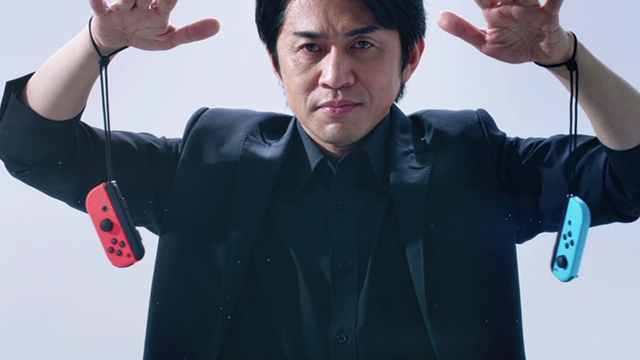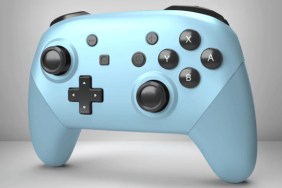The Wii Remote is known for introducing methods of control yet-unseen to mainstream gaming at the time of its release. What people tend to ignore, though, is that beyond motion, the Wii Remote was functionally a pretty normal controller.
Of course, it’s nearly impossible to feel this way looking at it, but strip away the visual for a moment. For a title that controls in a fairly traditional manner like, say, Super Mario Galaxy, the setup is familiar. A big ol’ A button in the right hand, a trigger, and an additional “button” in the form of waggle. On the left, you’ve got an analog stick, two more triggers, and gyro. Not truly conventional, but very much able to conform if need be. One of my siblings became extremely formidable at Super Smash Bros. Brawl using the Wiimote + nunchuk setup exclusively, a feat I would not have thought possible.
With that in mind, for me the Wii’s big innovation was not motion (though I’m happy it’s sticking around), but rather game controllers that come in two separate pieces. The Wiimote and nunchuk may have been tethered by a wire, but there was a freedom there; to sit however you’d like, rest your hands or arms at comfortable angles, even lift them above or behind your head if you so chose. I didn’t realize it was something I’d developed an affinity for until the Wii U came out, and it was back to a single piece of plastic, and but a chunky one with a screen at that. Total 360-degree shift as far as I was concerned. Thankfully, Wii Remotes were still compatible with Wii U for the duration of its lifecycle.

This brings us to Switch, which up until its 2017 reveal just months ahead of launch I’d feared would abandon both motion and two-piece controllers completely. After all, a hybrid portable, souped-up Game Boy Advance would surely have to draw more from the Wii U GamePad, itself a tablet, than the one-off motion control pan-flash that the Wii ultimately was. To my delight, the company announced the Joy-Cons, and has in turn managed to retain influence from both.
If the Wiimote and nunchuk hinted that I might not have much lingering need for traditional gamepads, the Joy-Cons confirm it. Since getting the Switch I’ve played on separated Joy-Cons exclusively: no Joy-Con grip, and as yet, no Pro Controller. The experience has been superb; the freedom toyed with by tethered Wii plastic is fully achieved, I don’t think about how hands or limbs are positioned, and I even find myself occasionally flailing Wii-style with Breath of the Wild even though Skyward Sword’s motion controls are nowhere to be found. It’s very natural, the main strength being that the sense of even holding a controller melts away. You see what’s onscreen, and you control it, forgetting you’re really even holding anything.
 If you gaze upon this hypnotic image long enough, Joy-Con appeal becomes obvious.
If you gaze upon this hypnotic image long enough, Joy-Con appeal becomes obvious.
There are some Joy-Con shortcomings, mainly the lack of a proper D-pad on the left Joy-Con. It’s a shame too, as this concession was made solely for the purpose of being able to use it as a self contained controller in a multiplayer scenario. While I understand this, maybe a sort of “Pro Joy-Con” could be offered at some point, providing a middle ground on both price and preference between stock Switch equipment and the pricey Pro Controller. It’s probably too niche to come to fruition, but I do like the idea. The need for a true D-Pad is no small thing; certain platformers like Shovel Knight may work with a button D-Pad just fine, but others, especially classic series that are bound to appear on Switch’s eventual virtual console, require the original style.
What are your thoughts on tether-free two-piece controllers? Is this something that, now with Switch, will be sticking around long term? Sony’s Move is also seeing a resurgence thanks to VR, signalling that two-piece gaming may very well be the wave of the future.







